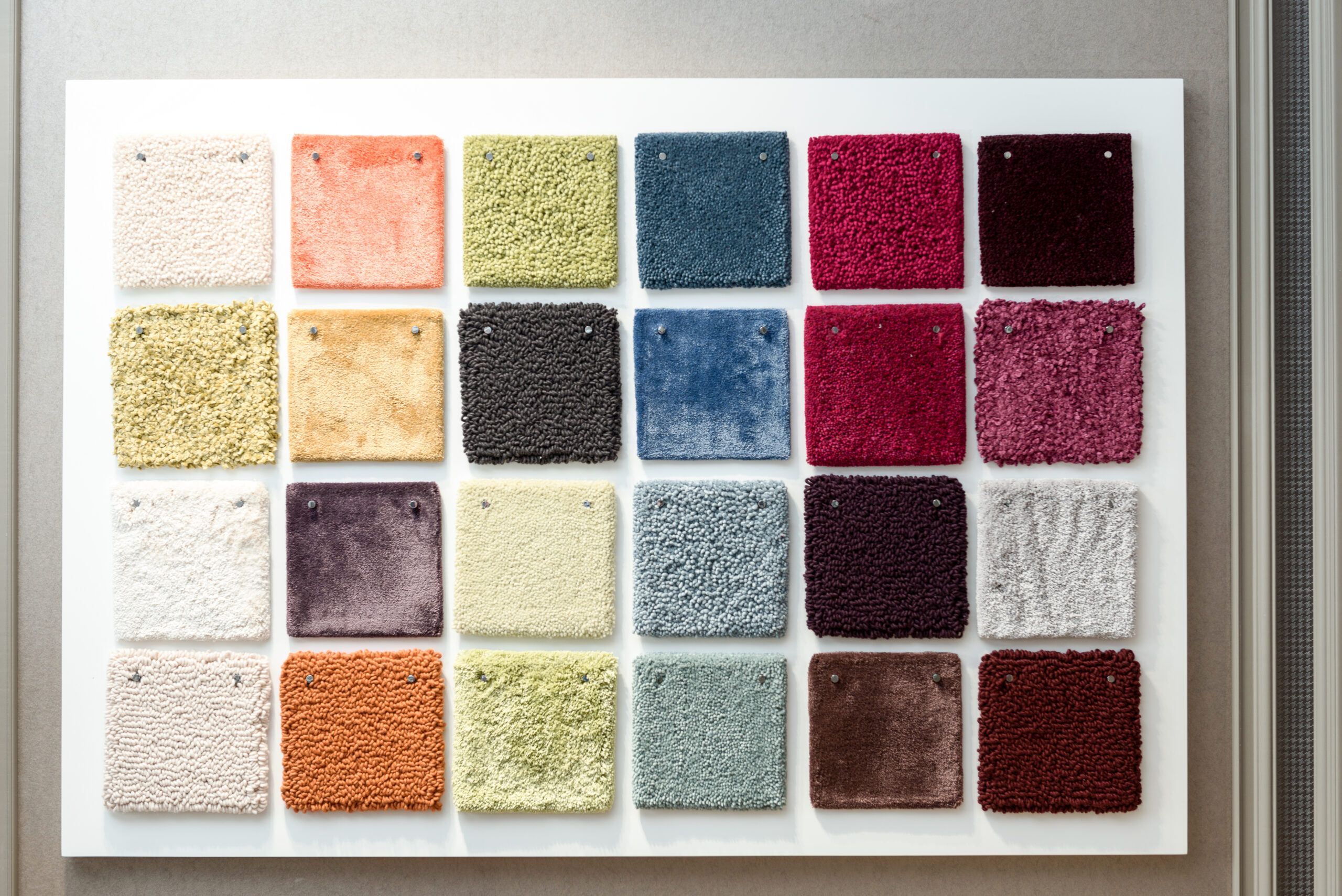Choosing a new carpet for your home involves more than just finding a style in your preferred color. You’ll need to consider your lifestyle, room location, material, construction, and maintenance requirements. Carpet manufacturers have responded to homeowners’ desires for great looks, value, and easy maintenance with numerous innovations and options in recent years. This guide will help you navigate the world of carpets, breaking down five of the types of carpet fibers available, as well as three of the most popular styles.
Fiber Facts
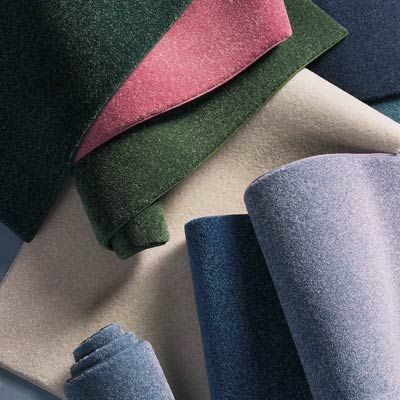
The type of fiber used in carpets determines the basic performance and appearance of the carpet. Today’s biggest trend is softness, as homeowners seek comfort and a cushioned feel underfoot. Carpet also offers the added benefit of noise suppression. The fiber content is typically listed on a specification sheet on the back of the sample. While names may differ among manufacturers, products still fall within one of five basic categories.
Five Types of Carpet Fibers
1. Wool
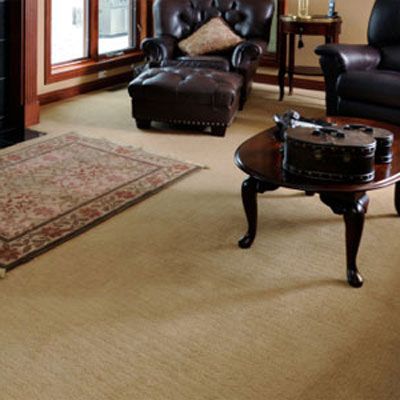
Wool is a traditional luxury choice in soft floorcoverings. This natural fiber, often used in woven construction, offers a greater range of designs, detail, and color than traditional tufted carpets. Wool carpets boast good stain resistance when treated promptly and have inherent flame-retardant characteristics. They’re ideal for formal living areas or bedrooms where comfort and elegance are priorities. Moreover, wool has a natural resistance to compressing, ensuring that your carpet maintains its lush appearance for longer periods.
2. Nylon
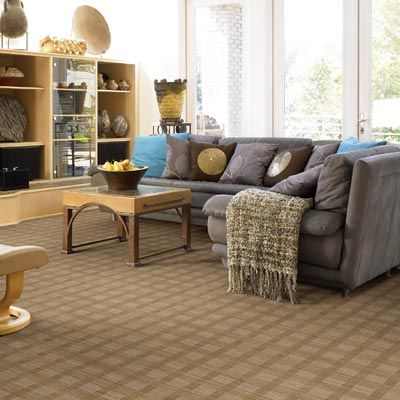
Nylon comes a close second to wool in terms of performance and feel, but generally at a lower cost. This versatile fiber offers a wide variety of styles and constructions, including frieze, textured, shag, and loop cut loop (LCL). Nylon carpets exhibit excellent soil resistance, colorfastness, and resilience, allowing them to bounce back and maintain their appearance. This makes nylon suitable for almost any area of the home, especially high-traffic zones. Some nylon carpets can even be recycled into new nylon carpeting, appealing to environmentally conscious consumers. Additionally, advanced stain-resistant treatments further enhance nylon’s durability and ease of maintenance, making it a favored option for families with children and pets.
3. Polypropylene
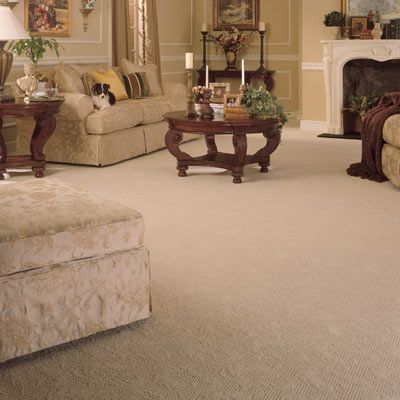
Previously known as olefin, polypropylene is a solution-dyed synthetic that is both water- and stain-resistant. These properties make it an excellent choice for indoor/outdoor carpeting. Because it is solution-dyed, polypropylene carpets resist fading, making them ideal for rooms that receive a lot of sunlight or areas with high traffic from the outside. While less resilient than nylon, polypropylene performs well in low-pile carpets such as Berbers, which feature a low, loop-pile construction with flecks of different colors. Polypropylene is also known for its affordability, making it a preferred choice for budget-conscious consumers without compromising on quality and aesthetics.
4. Polyester
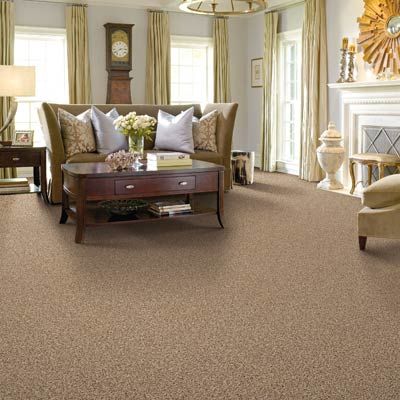
Polyester is known for its soft texture, especially when used in luxurious thick pile carpets. It offers good value, with styling attributes competitive with nylon—it can be made into loop or cut loop styles and takes color extremely well. While not as resilient as nylon, polyester carpets are soil-resistant and easy to care for, making them suitable for bedrooms and playrooms. Polyester has a high resistance to water-based stains, so it’s a good choice for areas that are prone to spills.
5. Triexta
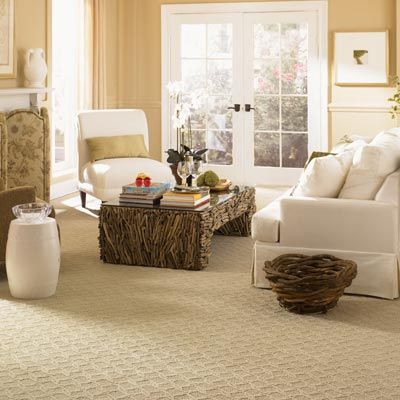
One of the newest fibers on the market, triexta (often sold under the brand name SmartStrand), combines the performance characteristics of polyester and nylon. It’s durable, stain and soil-resistant, easy to clean, colorfast, fade-resistant, and soft. Triexta is made from a polymer, 37% of which is created from corn, a renewable resource. This makes it an attractive option for those seeking both performance and sustainability in their carpeting choices. Furthermore, triexta’s unique molecular structure imparts a luxurious softness underfoot, rivaling premium fibers in terms of comfort and touch.
Bonus: Eco-Friendly Carpeting
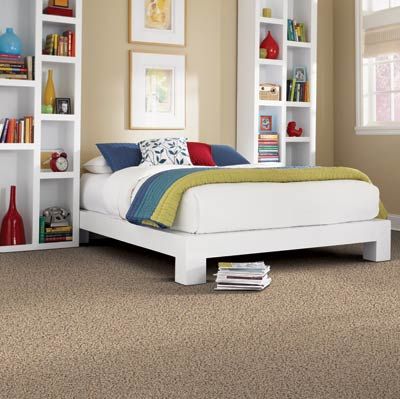
Manufacturers are responding to the sustainability trend with a variety of products that incorporate pre- or post-consumer materials. Some companies make carpets from recycled nylon carpeting, while others use recycled soda bottles to create eco-friendly lines. If sustainability is an important factor in your decision-making process, ask your salesperson for more information about the green options available among the brands their store carries. Beyond recycled content, many manufacturers also adopt eco-conscious practices in production, minimizing water usage and reducing carbon footprints.
Three Types of Carpet Styles
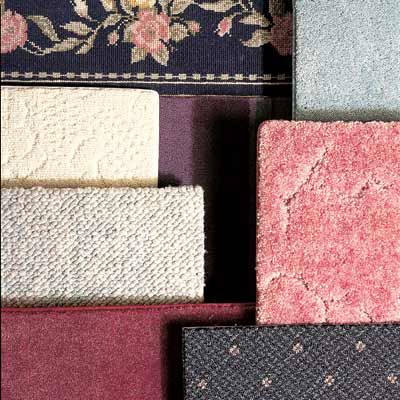
Carpets are made of fibers that are cut, looped, or both cut and looped. While there are several subcategories of carpet styles, all fall within one of these three main groups. Historically, as pile height increased, carpets became softer and more luxurious but also more challenging to clean. Today, thanks to improved technology and fiber systems, most styles combine softness with durability. The more texture a carpet has, the more forgiving it is for foot and fingerprints, everyday dirt, and overall wear. Each style offers unique advantages, so consider the specific needs of your household before making a selection.
1. Cut Pile

Cut pile achieves its durability through the type of fiber used, the density of tufts, and the amount of twist in the yarn. The greater the twist, the more resilient the shape, making it suitable for high-traffic areas. Cut pile carpets come in several varieties:
- Plush (Velvet): Dense and luxurious, it can show footprints and vacuum marks easily. Good for rooms with low traffic or formal settings.
- Textured plush: Decoratively versatile, this material helps hide footprints and vacuum marks. This is a preferred style for busy households and a great “whole-house” carpet.
- Saxony: This material presents a refined surface that is well-suited to living and dining rooms. Saxony’s smooth, even look conveys a classic elegance that enhances the ambiance of more traditional spaces.
- Frieze: Frieze has a “curly” textured surface due to extremely twisted yarns that help minimize footprints and vacuum marks, making it good for areas with frequent traffic. Frieze’s resilient nature makes it a favorite for family rooms and hallways.
- Shag: Popular for retro applications, shag is a type of frieze with a very tall pile height. Shag’s dramatic texture adds a unique design element to eclectic or bohemian interiors.
- Cable: Similar to frieze, but some fibers are thick and some are thin, for a varied appearance. Cable’s mixed fibers lend it a distinct, contemporary feel, suitable for modern homes.
2. Loop Pile
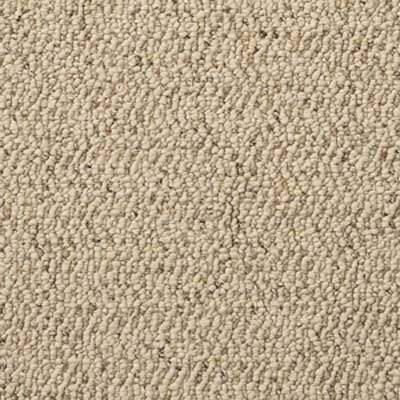
Loop pile carpets come in level loops and multilevel loops. Because the yarn tips aren’t exposed, these carpets tend to wear extremely well, making them good for high-traffic areas such as hallways and family rooms. There are two main types of loop pile carpets:
- Level loop pile: Loops are the same height, creating a uniform look. This style generally lasts a long time in high-traffic areas. Many of today’s popular Berber styles are level loop styles with flecks of a darker color on a lighter background. Level loop pile is also stain-resistant, making it practical for areas prone to spills.
- Multi-level loop pile: This style usually has two to three different loop heights to create pattern effects, providing good durability and a dimensional look. Multi-level loop pile offers added visual interest and can disguise wear patterns over time, making it a versatile choice for dynamic living spaces.
3. Cut-Loop Pile
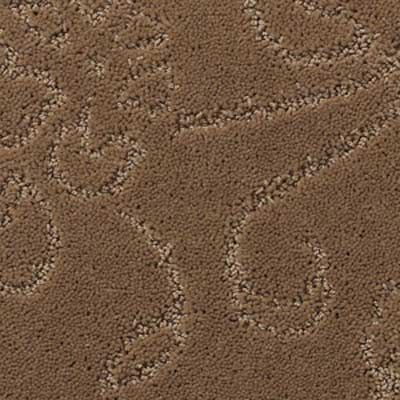
As the name implies, this carpet style combines cut and looped yarns. Cut-loop pile carpets offer a variety of surface textures, including sculptured effects of squares, chevrons, and swirls. The multicolor effects help to conceal soil and stains, making them a practical choice for busy households. These carpets provide a good balance between durability and aesthetic appeal, suitable for various rooms in the home. Additionally, the combined texture of cut-loop pile enhances its resilience, making it a smart choice for both casual and formal settings where foot traffic varies throughout the day.
Which Type of Carpet Is Best?
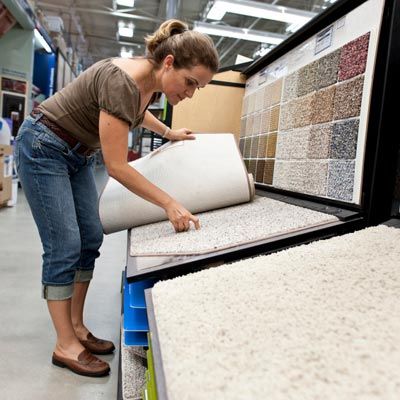
When choosing a new carpet, think about function first. Consider the following questions to help determine the best type of carpet for your needs:
- What is the room used for?
- How much traffic does it receive?
- Does the room get a lot of sunlight?
- Does the light change during the day?
- Is it adjacent to indoor or outdoor spaces?
- How often will you vacuum it?
- Are there any specific concerns, such as allergies or pets?
Answers to these questions will help you determine the best fiber for your carpet, as well as the ideal texture, construction, and even color. Remember that different rooms may require different types of carpets based on their specific needs and usage patterns. The right carpet can enhance the comfort and functionality of your space, providing a stylish and practical flooring solution.
